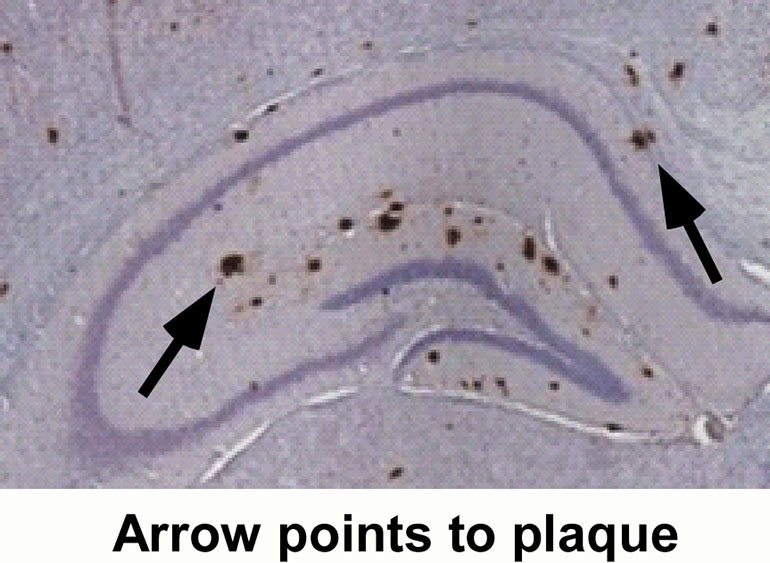
Vitamin A deficiency increased the production of plaques in the brains of mice.
Vitamin A deficiency could ‘program’ brain tissue. Biochemical reactions that cause Alzheimer’s disease could begin in the womb or just after birth if the fetus or newborn does not get enough vitamin A, according to new research from the University of British Columbia. These new findings, based on studies of genetically-engineered mice, also demonstrate that Vit A supplement given to newborns with low levels of vitamin A could be effective in slowing the degenerative brain disease.
“Our study clearly shows that marginal deficiency of vitamin A, even as early as in pregnancy, has a detrimental effect on brain development and has long-lasting effect that may facilitate Alzheimer’s disease in later life,” said Dr...
Read More








Recent Comments